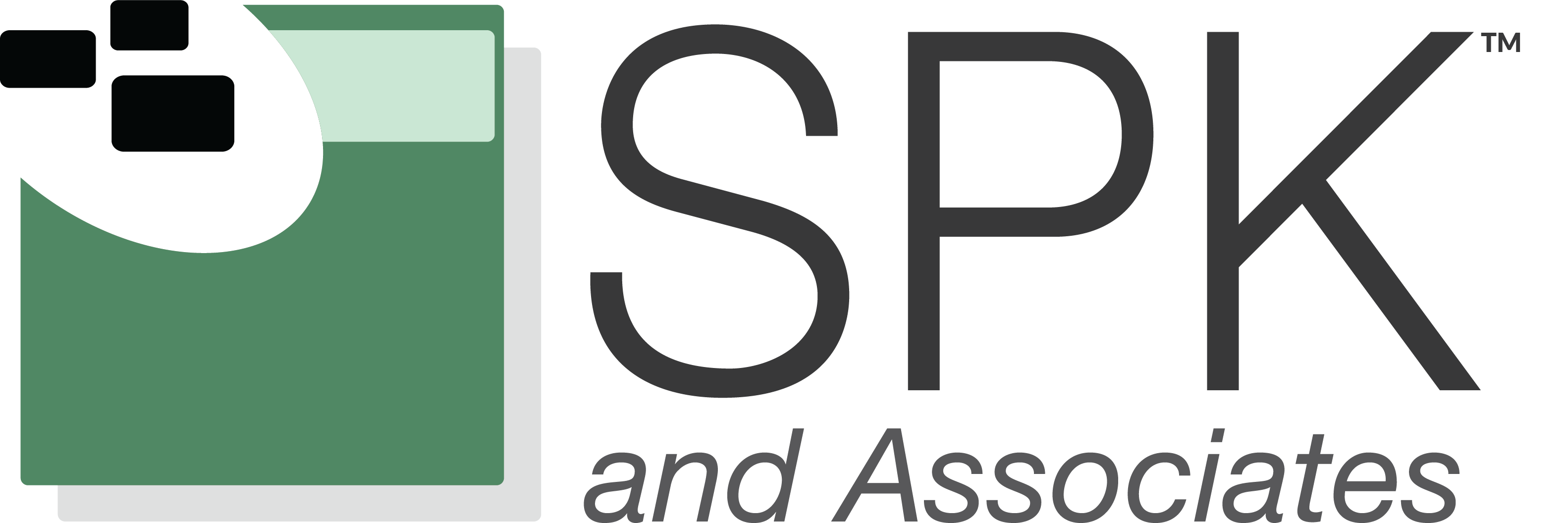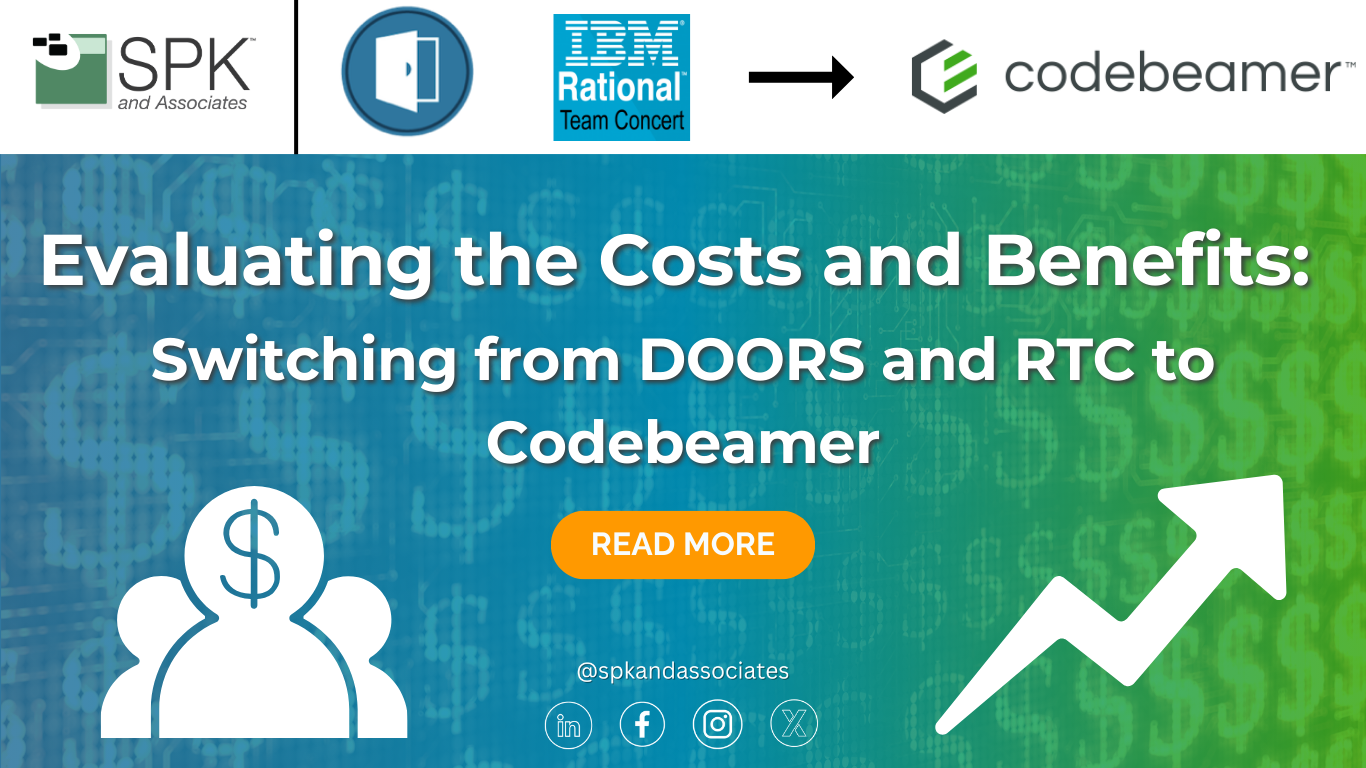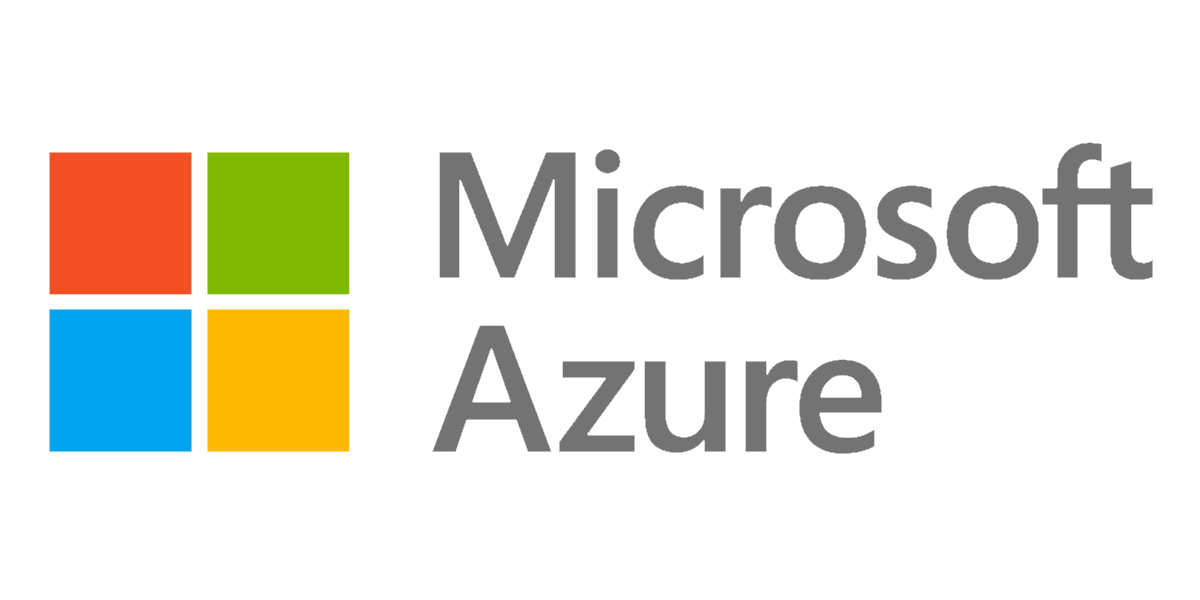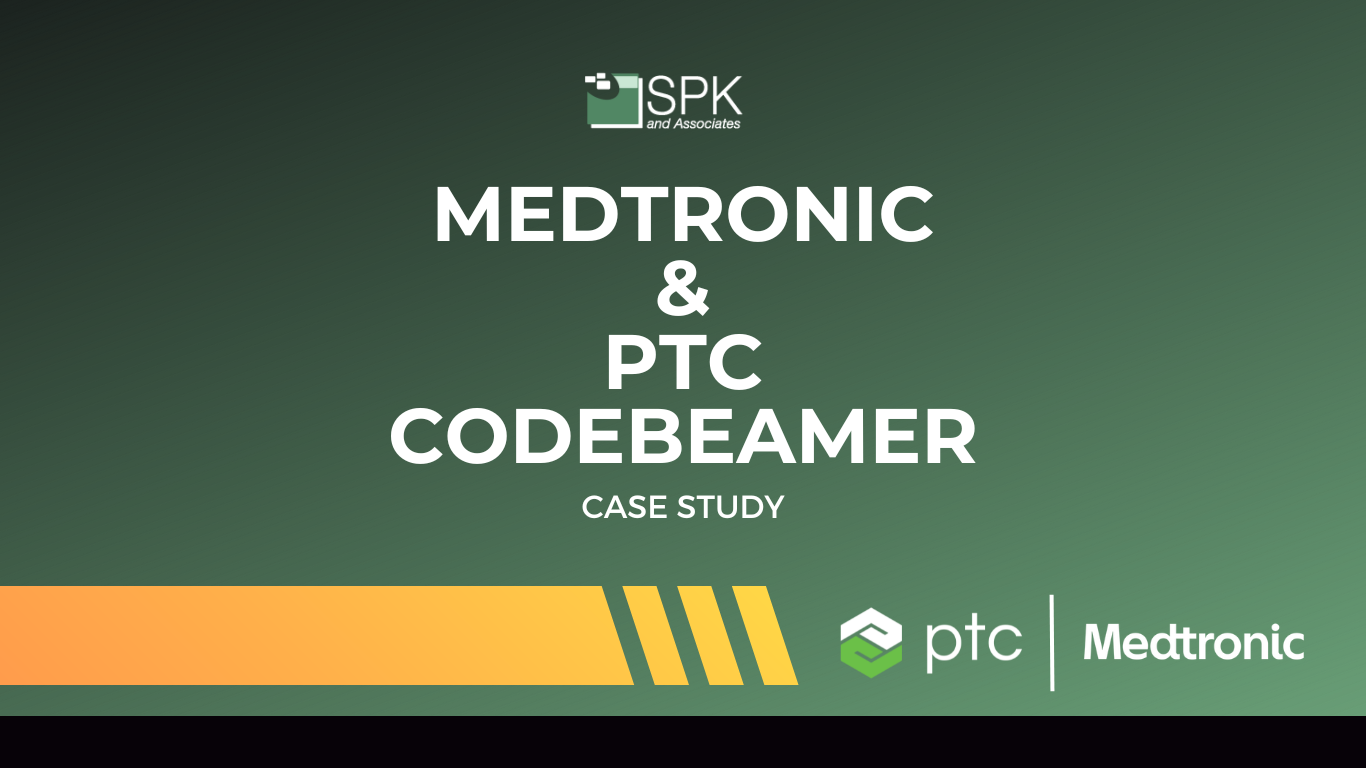In the realm of product development, the tools you choose can significantly impact your team’s productivity. In this blog post, I will share how one company’s evaluation and business case process allowed them to move from legacy solutions IBM DOORS and Rational Team Concert (RTC) to a more modern application lifecycle management solution, Codebeamer. This exploration covers the costs and benefits analyzed over the first two years post-implementation. It reflects both immediate and longer-term financial implications, including the gain in efficiencies. This approach shows clients who are too focused on the hard, external costs of new software some of the efficiency gains they could miss out on in future years.

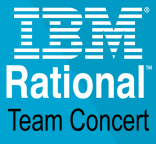

The Business Case
In working with this client, they evaluated 2 options and compared them. Option 1 was moving to Codebeamer and Option 2 was staying on DOORS and RTC. This business case included reviewing each solution in Years 1 and 2. This is to compare immediate and longer-term costs as well as potential cost reductions.
The client reviewed each line item for each option for internal or external cost purposes. These costs included the company hosting their own Codebeamer environment in Azure, which their internal IT staff would manage.
Year 1 Analysis: Transitioning to Codebeamer
The client’s first year of moving to Codebeamer involved numerous cost factors and potential savings. Key external costs included the purchase of Codebeamer licenses, SPK’s service fees for data migration from DOORS and RTC, training staff on the new system, and the necessary Azure infrastructure to host Codebeamer in their own environment. This infrastructure was already aligned with their current IT policies. However, the decommissioning of legacy DOORS and RTC servers offset these costs. This resulted in savings on server maintenance and license costs.
Internally, the company allocated significant resources to support the migration. This included IT operations support for setting up the Codebeamer environment in Azure. It also included extensive training for internal staff on Codebeamer administration. This transition period reduced the time spent on DOORS and RTC administration. It freed up engineering and IT staff for other tasks, thus recapturing productivity lost to manual workarounds in the legacy systems. Additionally, the company anticipated a substantial reduction in yearly licensing costs for DOORS and RTC.
Notably, the company expected the move to Codebeamer to enhance efficiency significantly:
- A 13.5% efficiency gain for about 20 engineering team members due to reduced inefficiencies.
- A 5% increase in efficiency from streamlined daily metrics reporting.
- A 15% boost in productivity for two power users, further eliminating previous system inefficiencies.
Year 2 Forecast: Growing with Codebeamer
For the second year, the financial analysis projected similar external costs for Codebeamer licenses and Azure infrastructure, with continued reductions in DOORS and RTC licensing fees. Internally, the focus would shift towards stabilizing the use of Codebeamer. The team expected to maintain the efficiency gains realized in Year 1, with continuous improvements as more engineering teams transitioned to the new system. Year 2 also saw more Codebeamer licenses as more teams were added to the solution from other platforms, or from never having an ALM platform.
The client also planned for these conditions to be replicated into Year 3 and beyond, adjusting only for potential license increases as additional engineering teams adopted Codebeamer.
Year 1 and 2: Staying with IBM DOORS and RTC
In the first year under the current IBM DOORS and RTC solution, engineering teams grappled with significant inefficiencies that hampered their day-to-day operations. The legacy systems demanded extensive manual administration and troubleshooting. Some staff even spent 50-60% of their time on manual systems management. This lead to cumbersome workflows and high maintenance overhead. These systems did not just drive up costs with persistent server upkeep and elevated licensing fees. They also diverted critical time away from value-added activities. As a result, the teams found themselves entrenched in routine workarounds rather than streamlining their processes or exploring innovative enhancements.
These operational constraints in Year 1 severely limited the engineering teams’ capacity to innovate their product. The rigid, outdated infrastructure left little room for flexibility. Instead, it forced teams to prioritize the constant upkeep of the legacy system over strategic development and experimentation. DOORS and RTC imposed an administrative burden. This led to the frequent stifling of creative energy needed to drive product improvements. Ultimately, the inefficiencies inherent in these tools slowed down immediate progress and curtailed long-term potential for adopting agile methodologies.
After Year 2, the business case showed savings of approximately 4x their initial Codebeamer investment. The company moved forward with Option 1.
Modernizing with Codebeamer
This example of a business case review illustrates the tangible cost benefits of switching to a modern system like Codebeamer. Additionally, it displayed how engineers can realize significant efficiency improvements across teams. This company is set for success in the future with Codebeamer as their current platform. Furthermore, the Codebeamer roadmap gives them new capabilities to add over time. Organizations considering a transition like this should weigh these factors carefully to make informed decisions that align with their long-term business objectives and technological needs. As this example shows, the initial investment in a new system can be quickly offset by substantial gains in productivity and operational cost savings.
Looking for help with a business case for Codebeamer? Contact the SPK and Associates team today.

